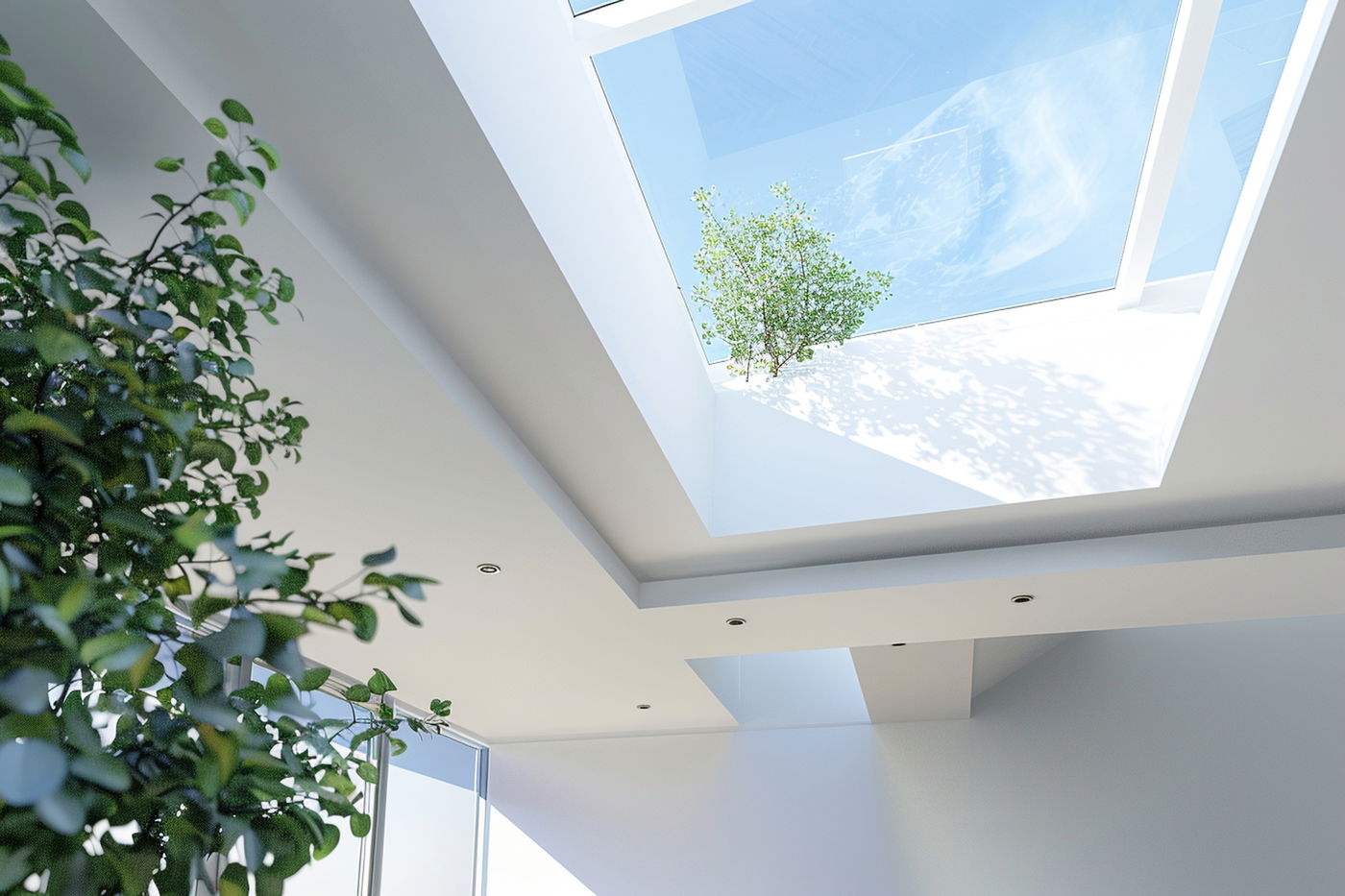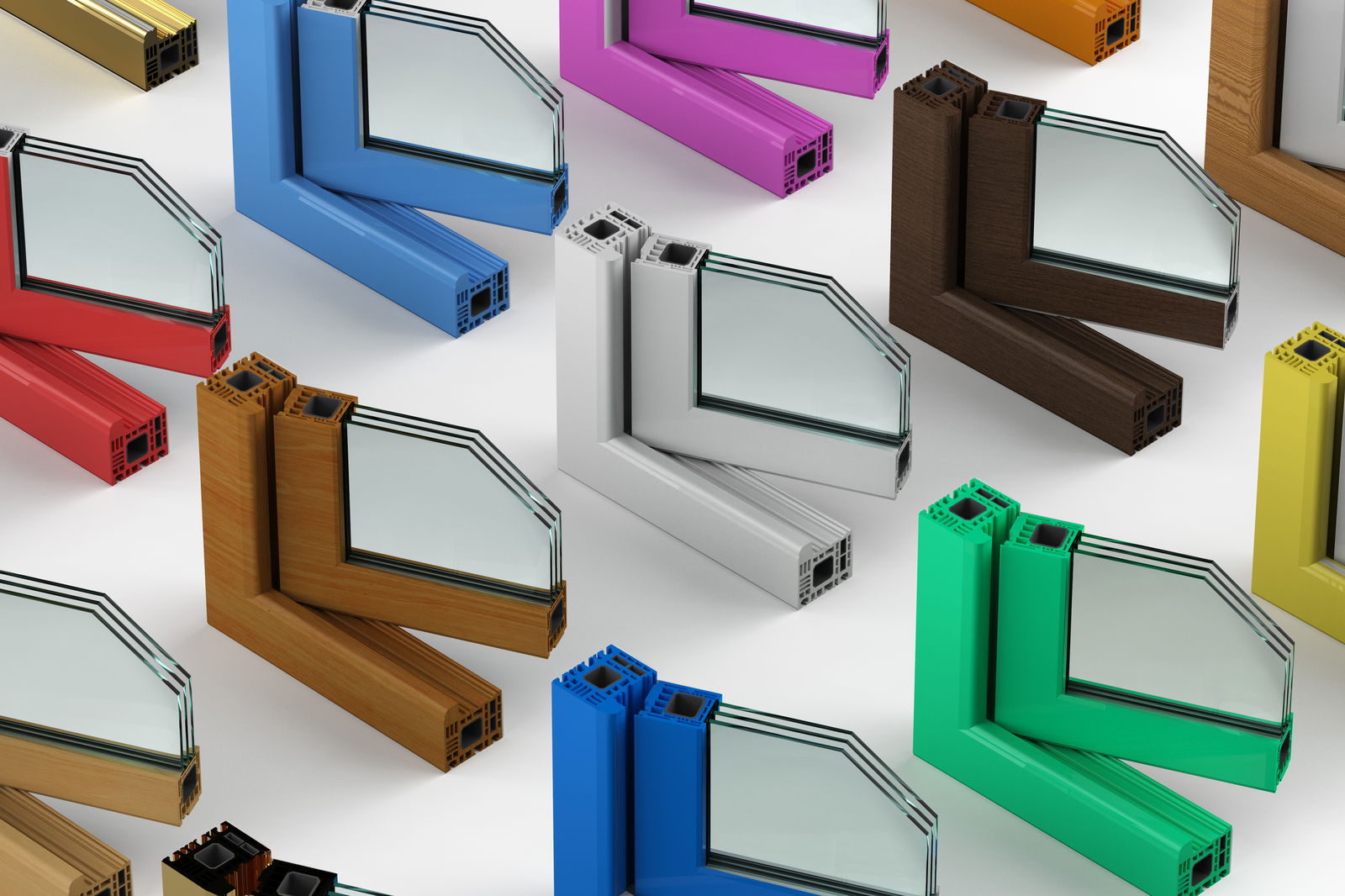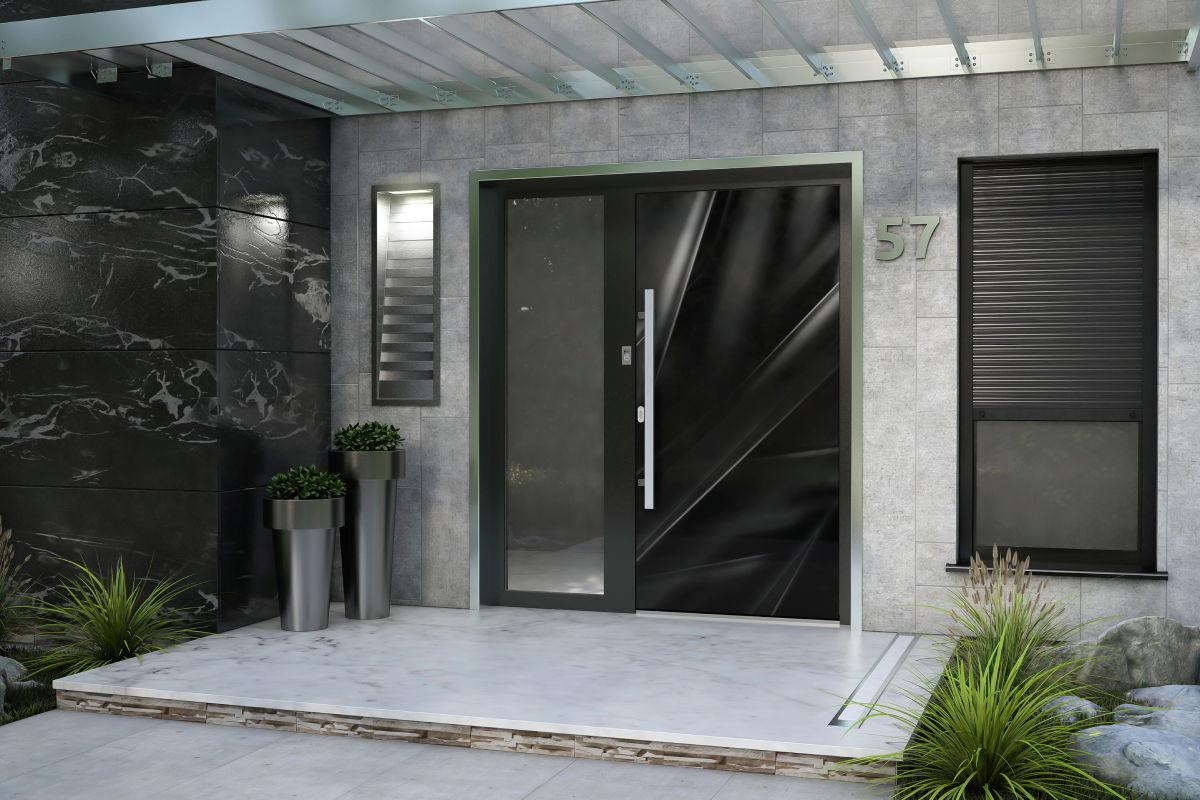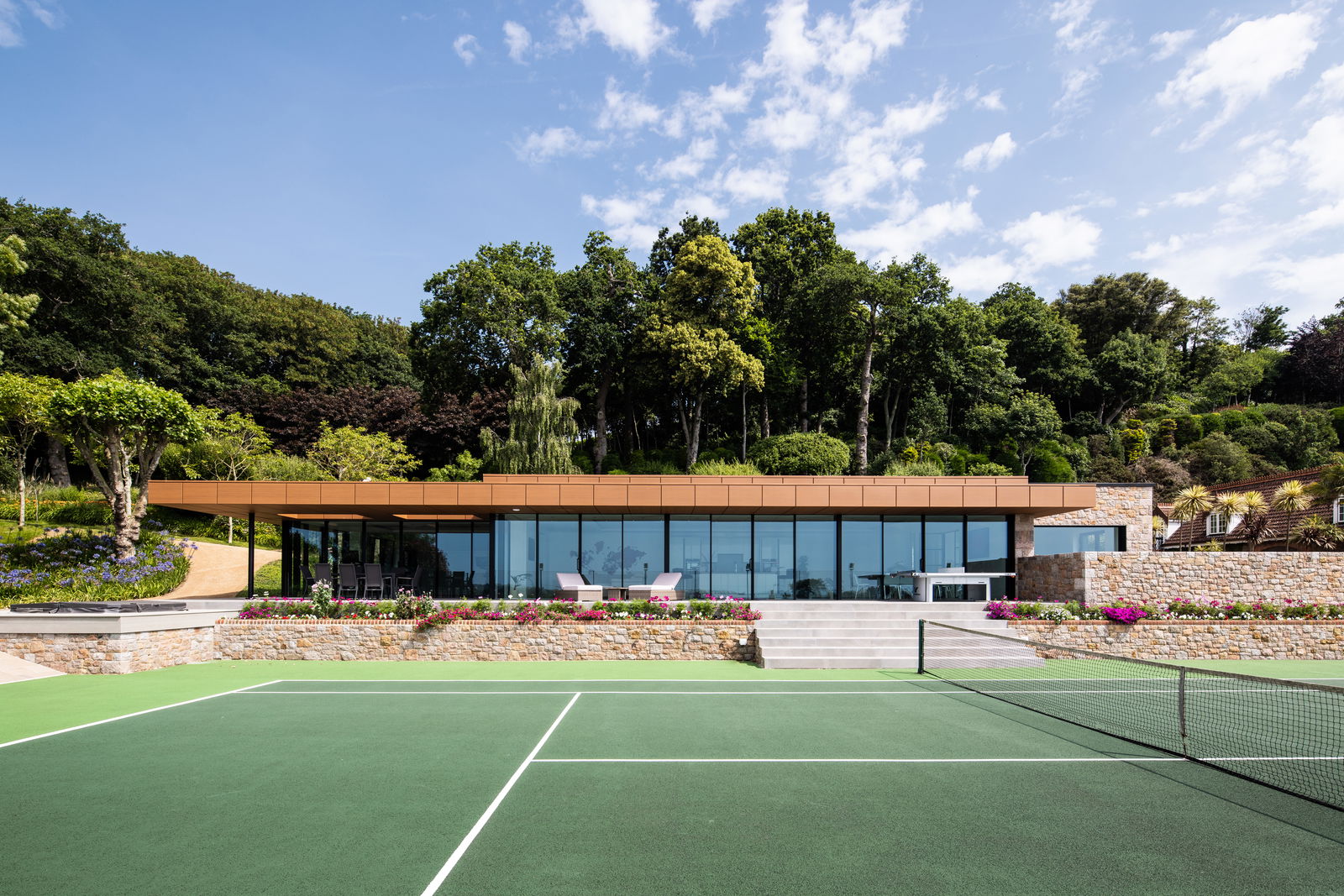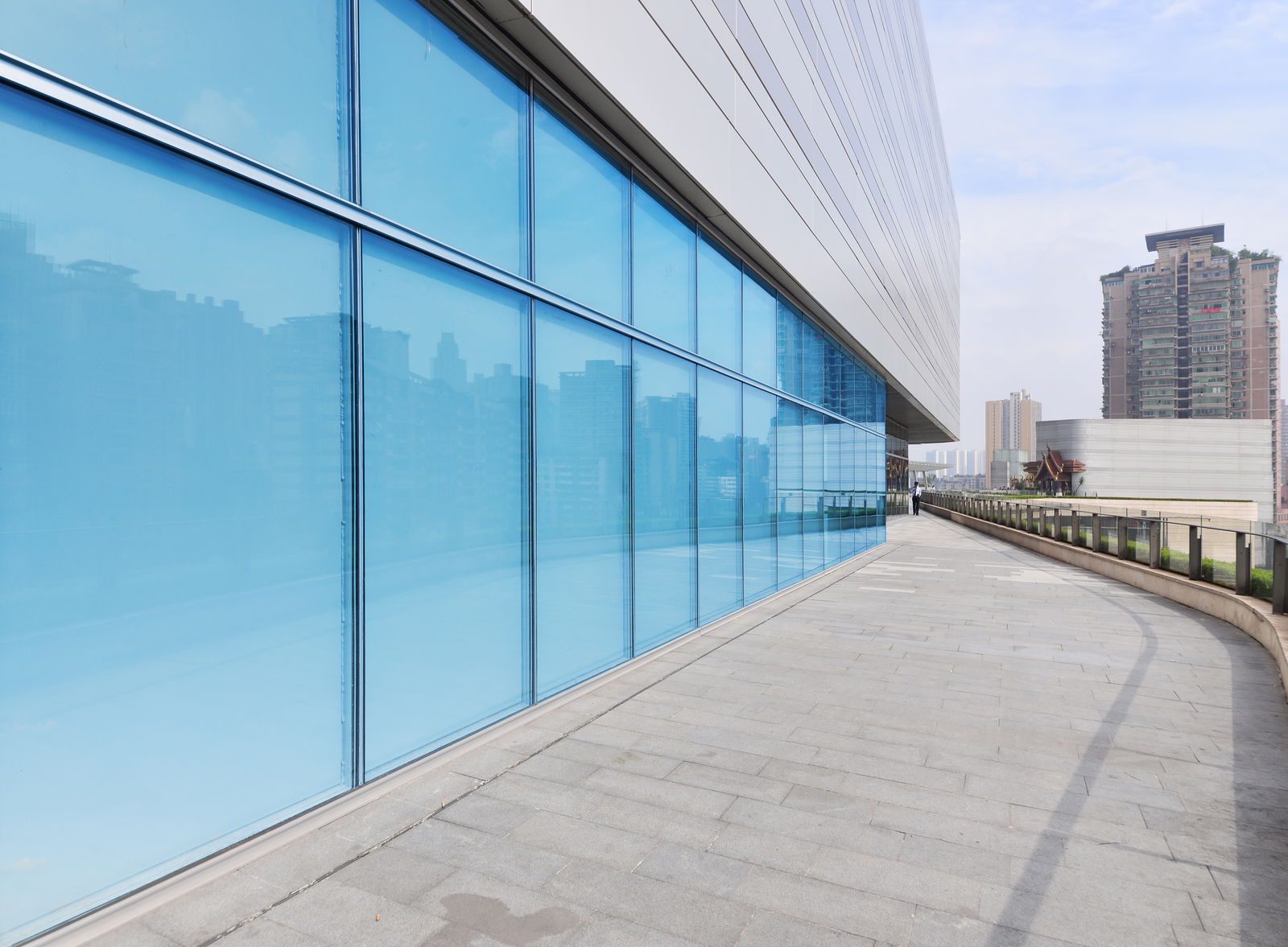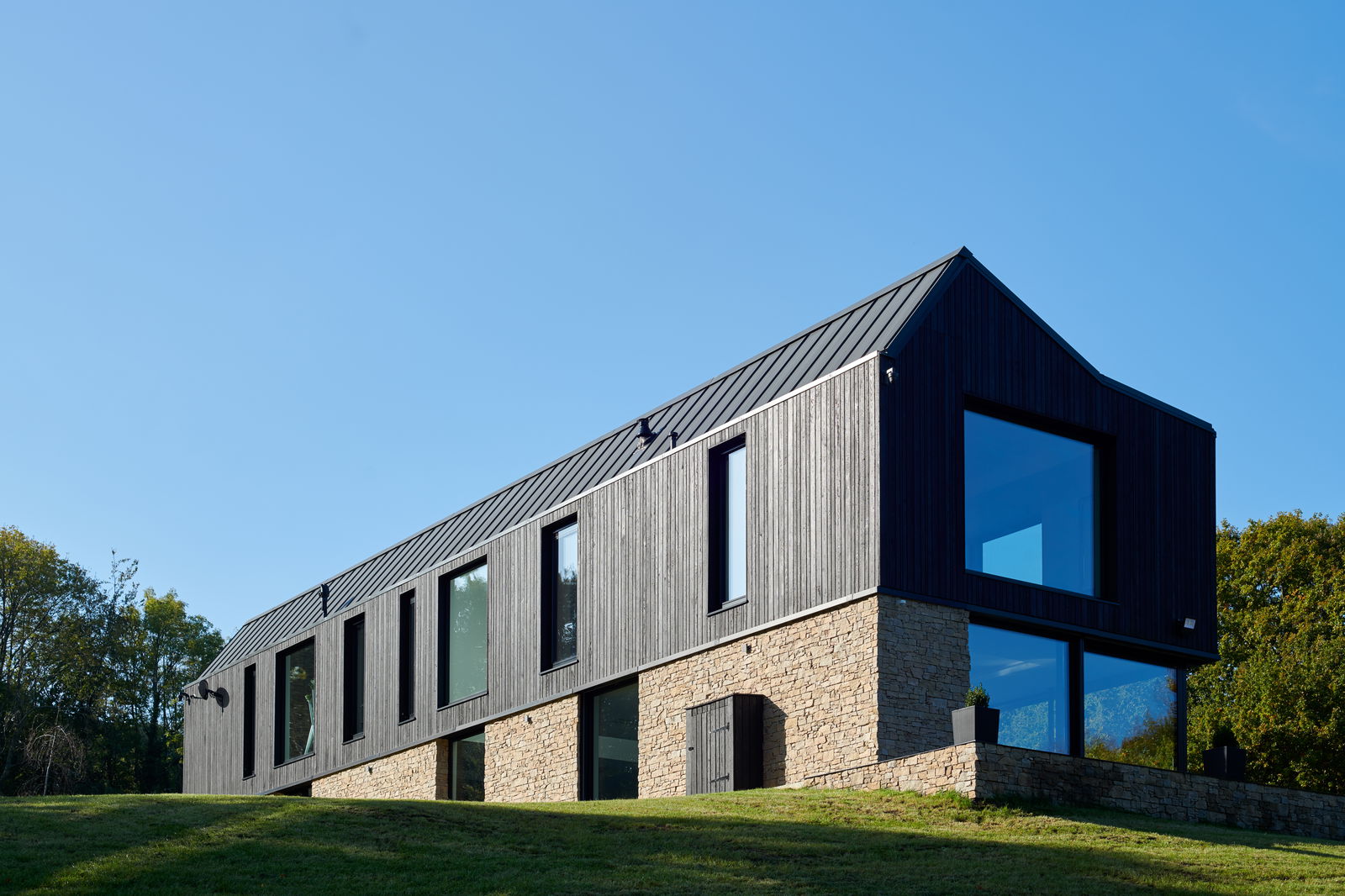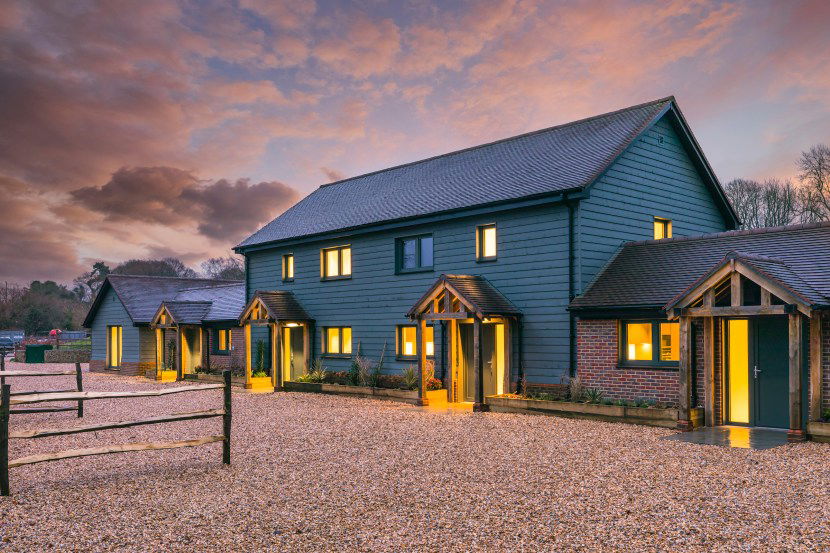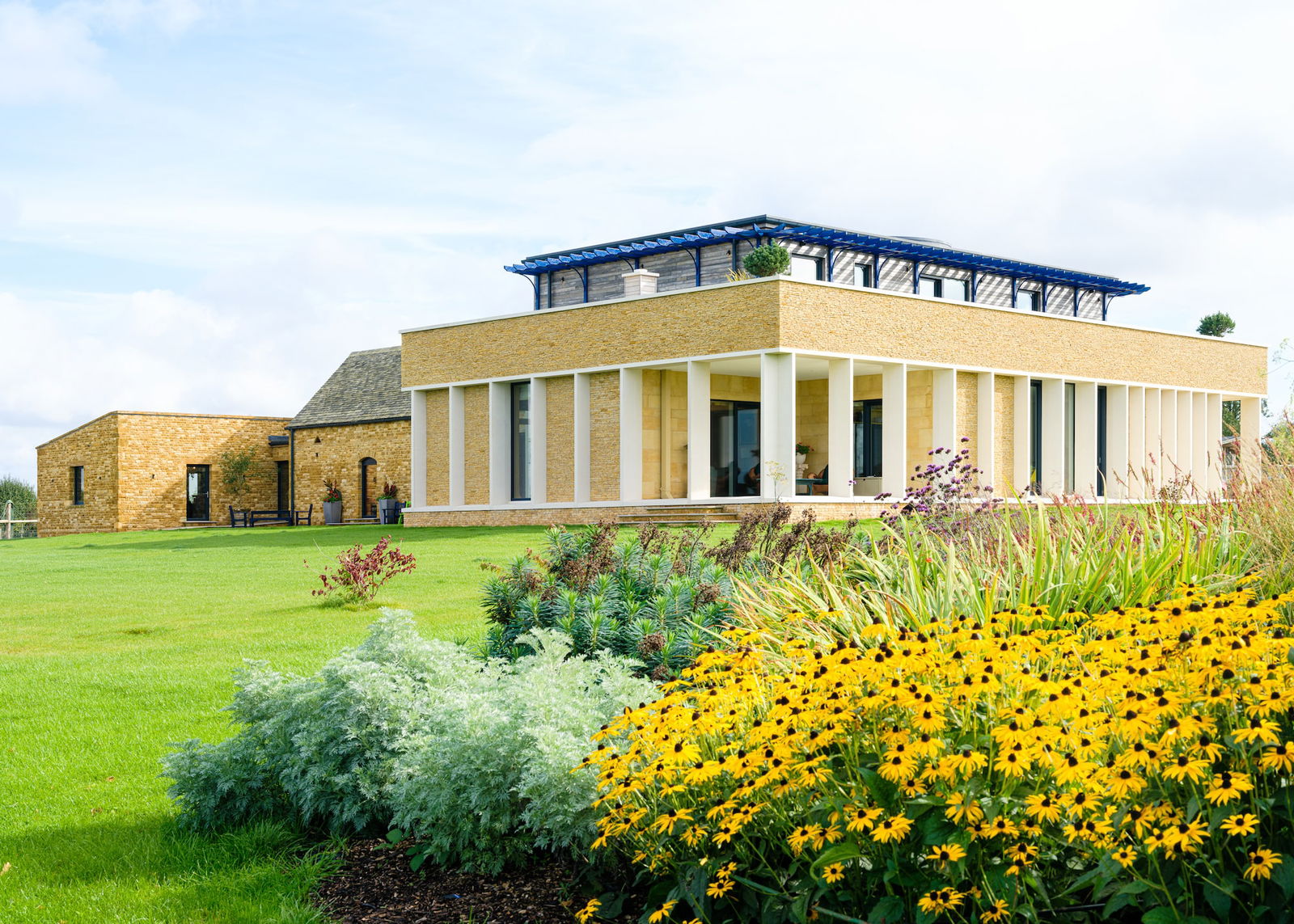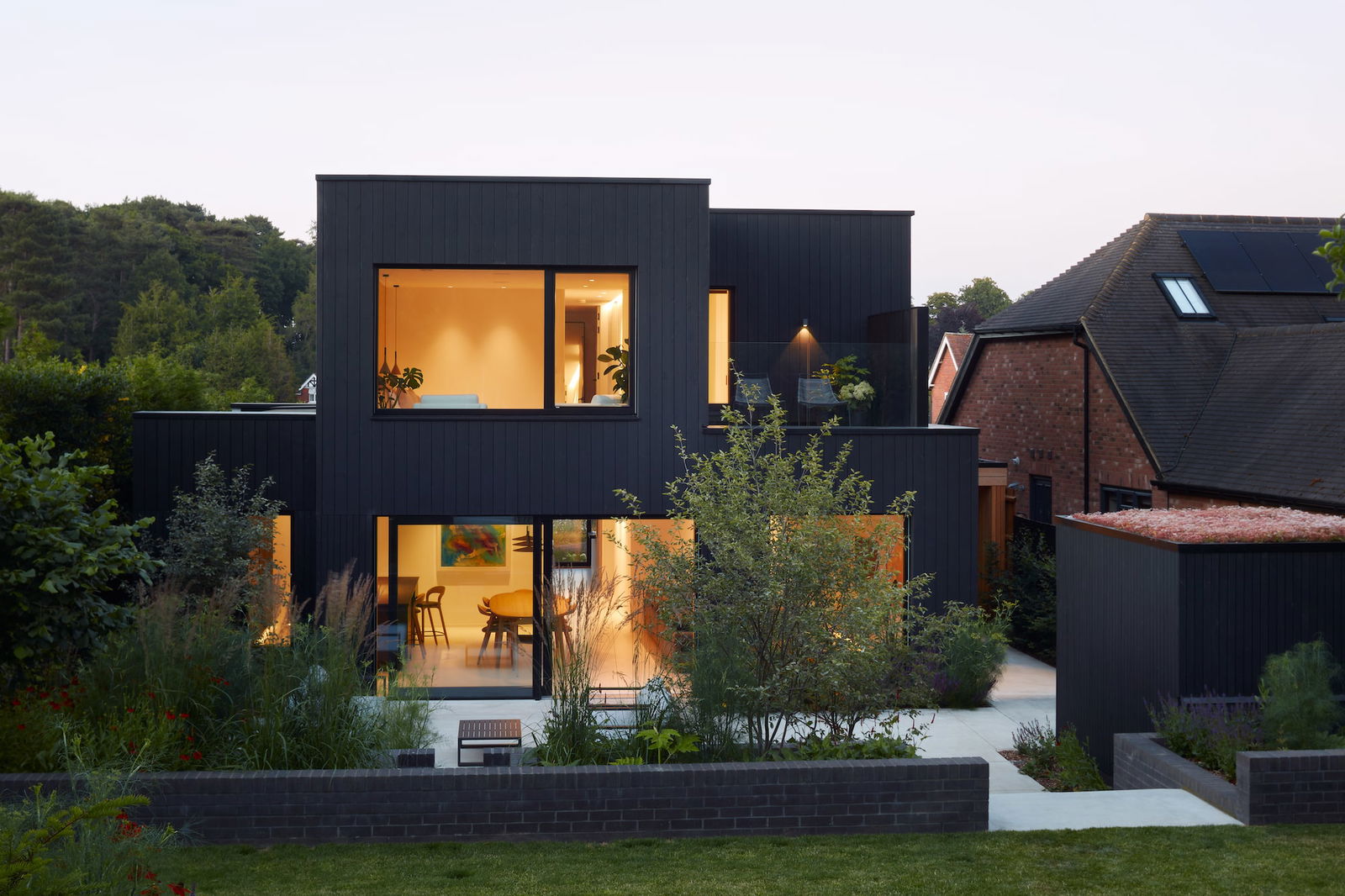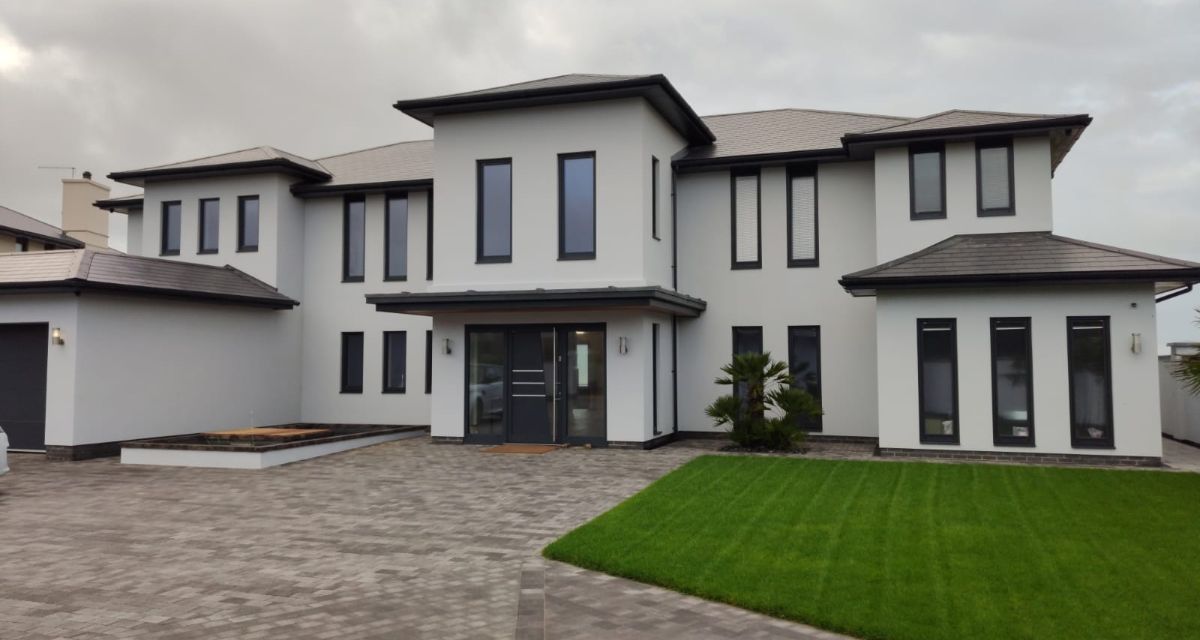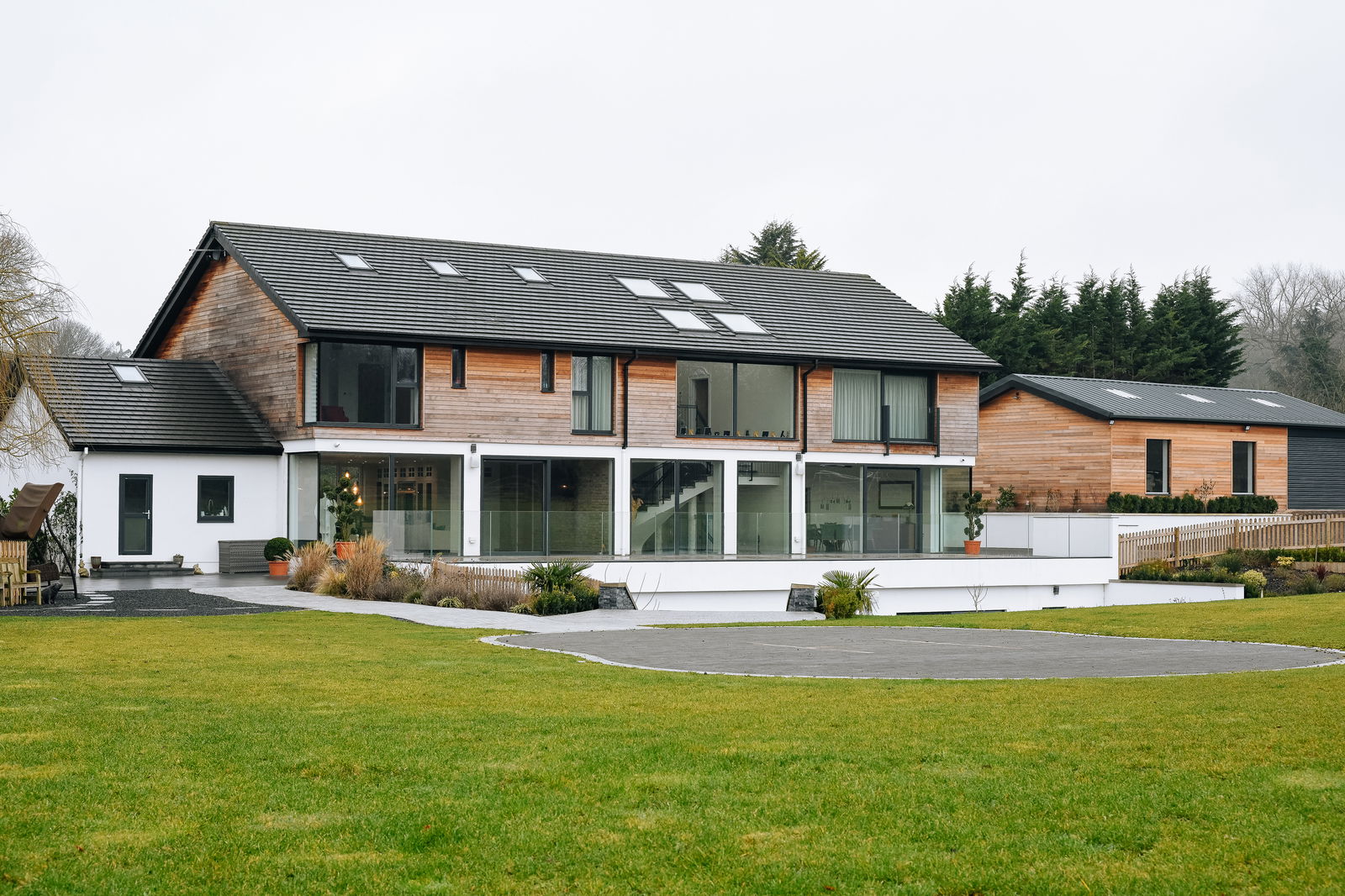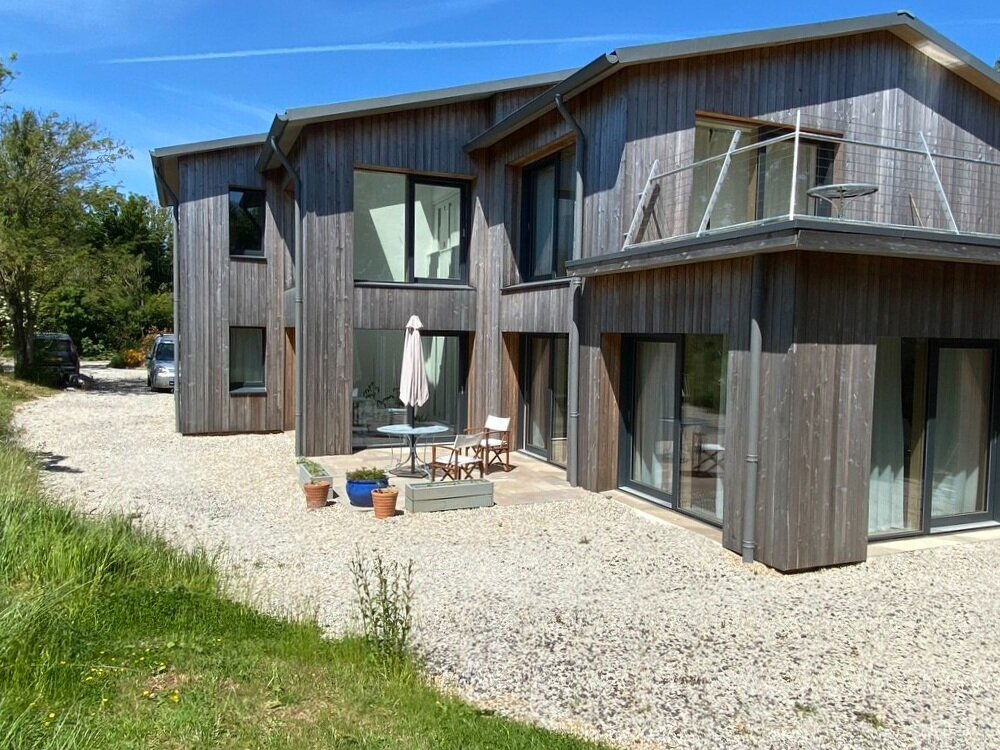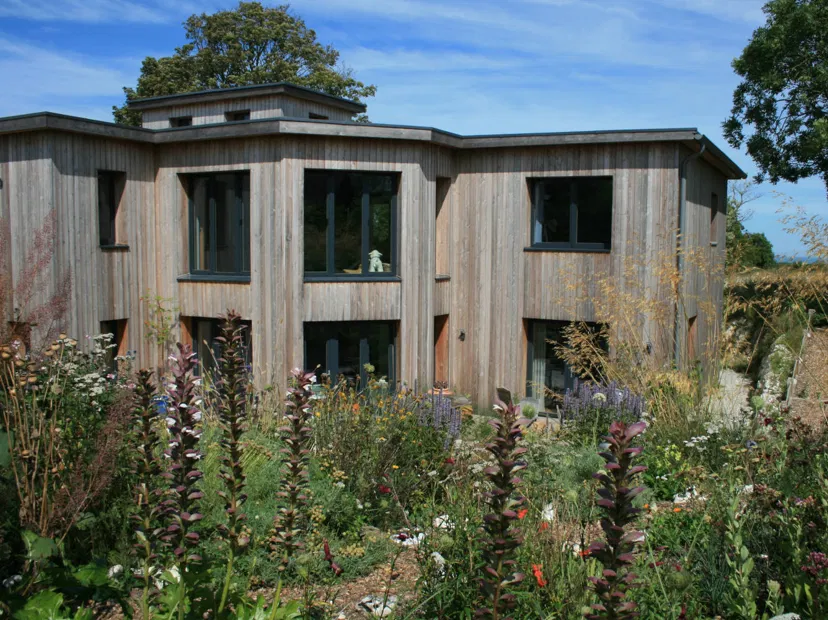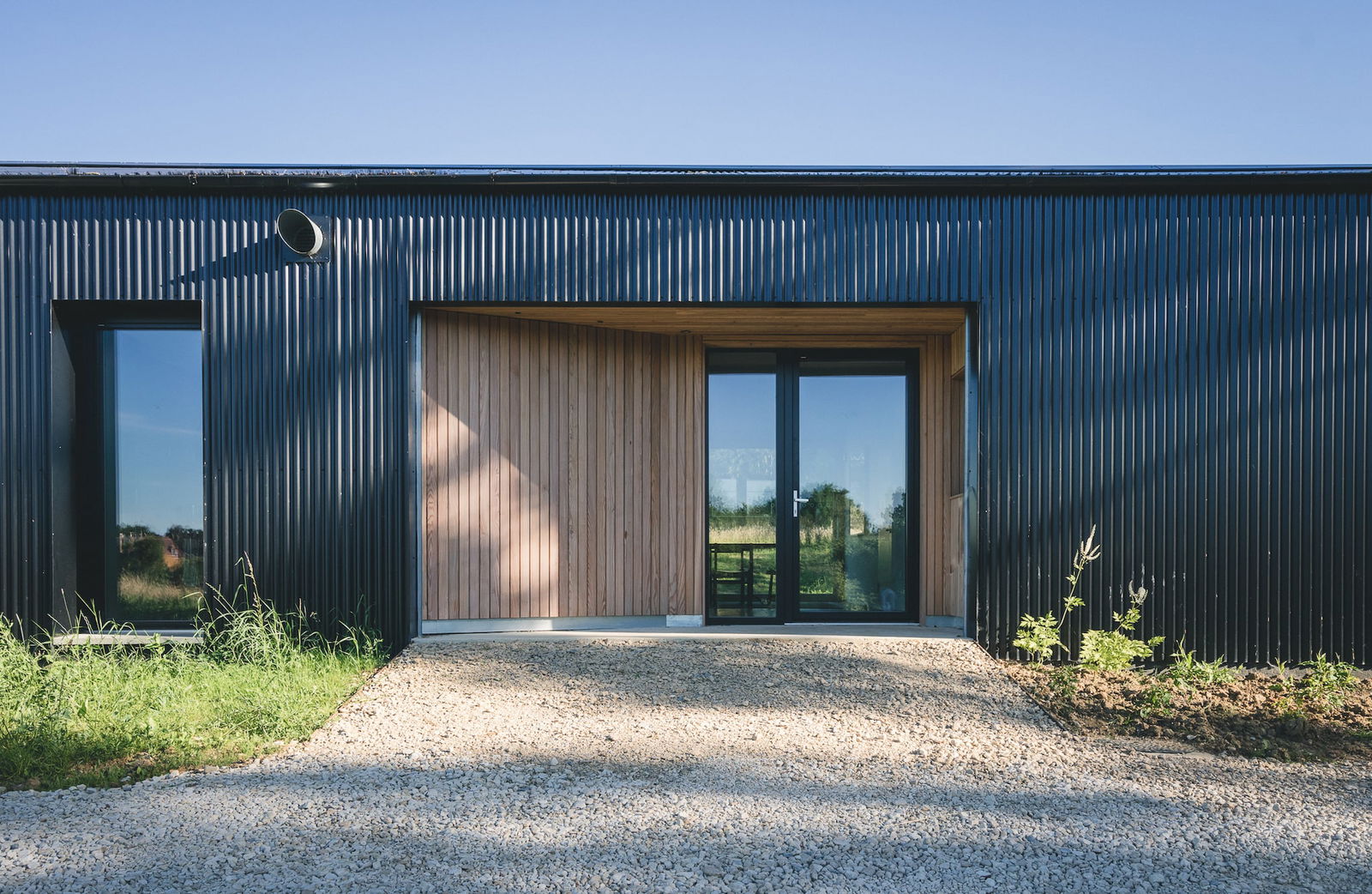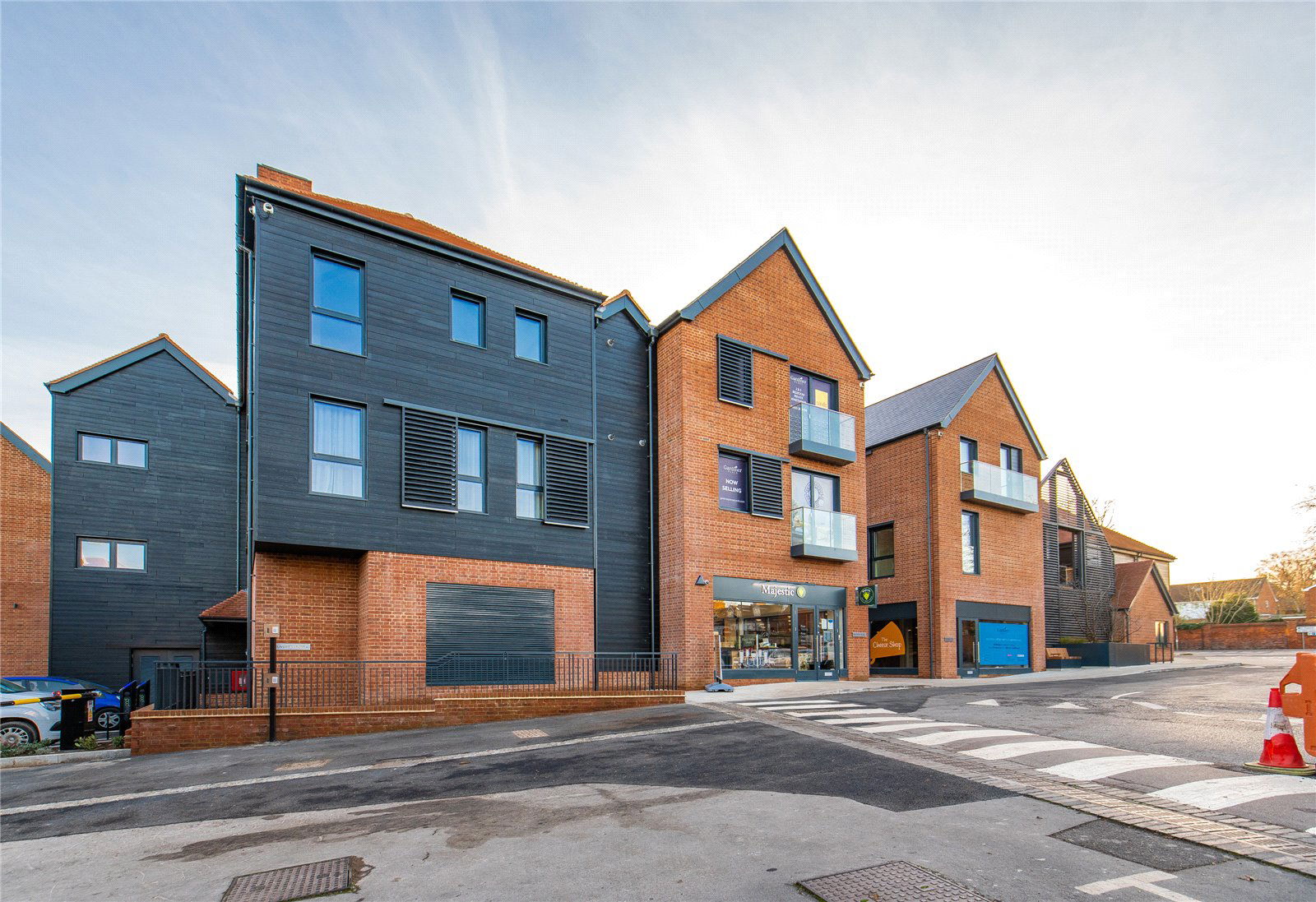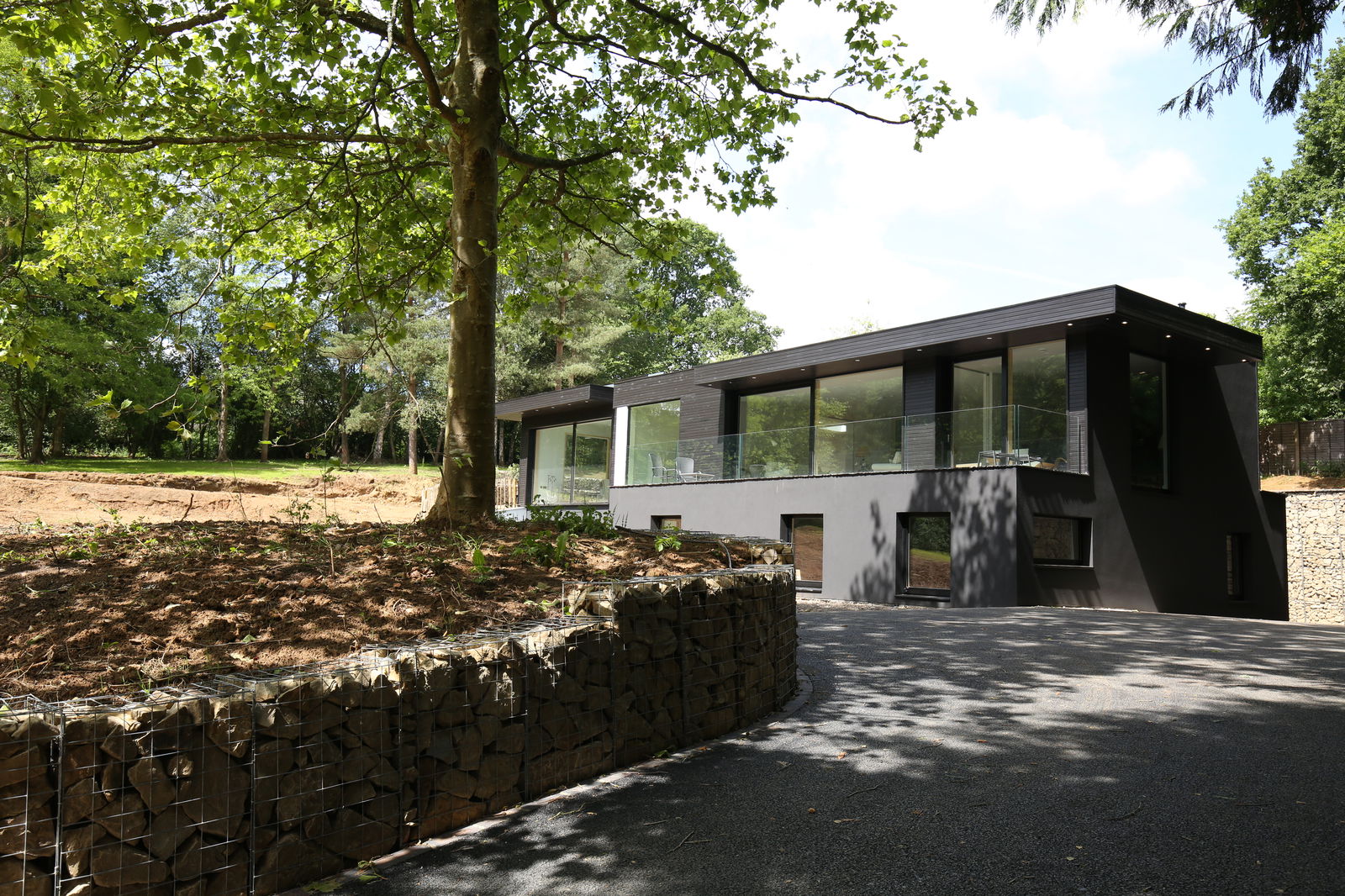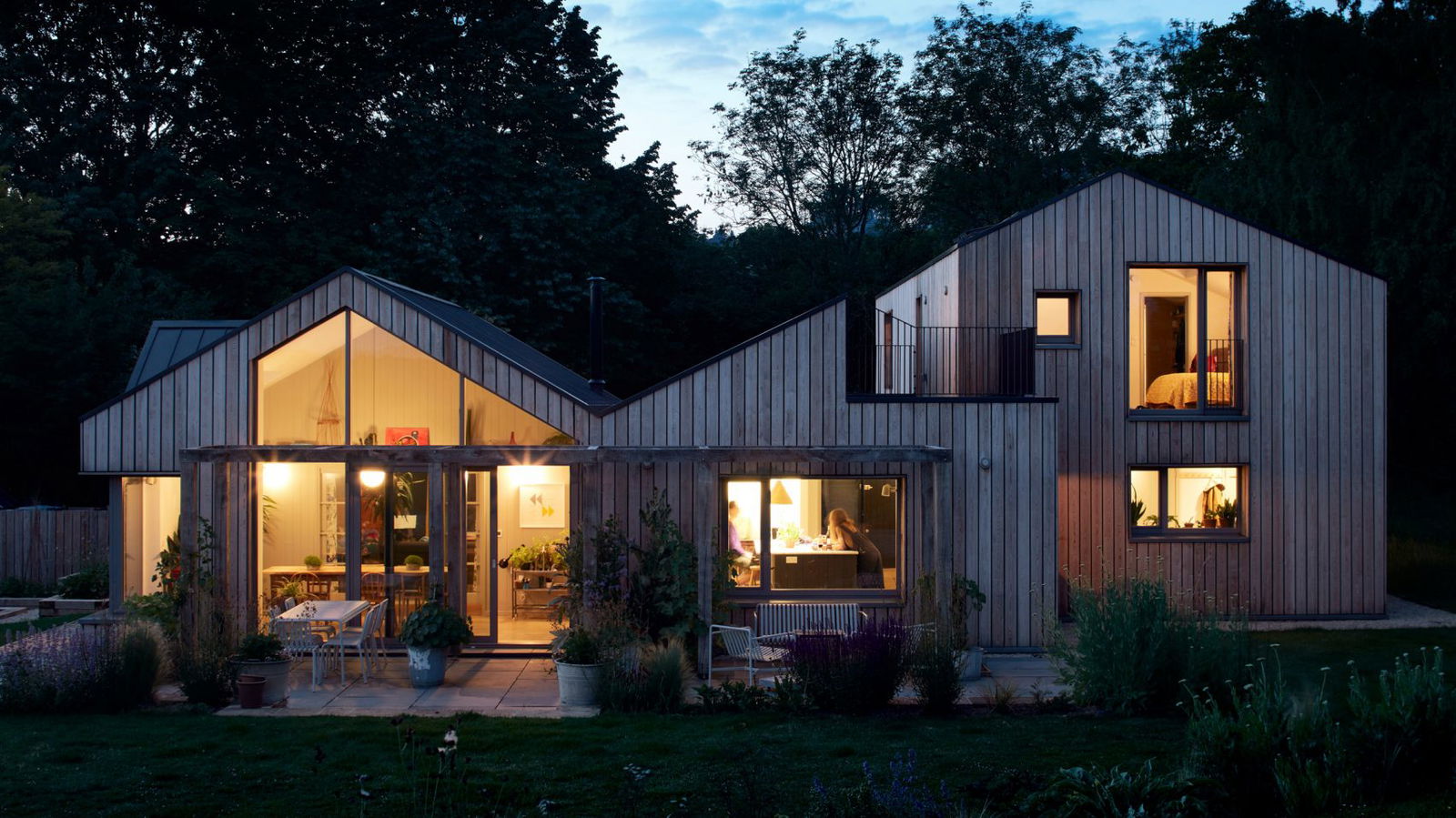The Upside: Natural Light, Architectural Charm & Energy-Free Daylight
Many homeowners rave about their skylights—and for good reason:
“I have six skylights and will never live without them again.”
“They transformed our living room—feels twice as big now.”
“No more gloomy mornings!”
- Massive daylight boost – One square metre of sunlight delivers over 1,000 watts of light—far outperforming LED ceiling lights.
- Passive solar heating – In colder months, skylights can help warm the space naturally.
- Aesthetics – Skylights elevate design, creating that 'wow' factor especially in vaulted or A-frame ceilings.
- Views of the sky – Think starry nights, gentle rain, or drifting clouds, right from your living room.
⚠️ The Downside: Leaks, Light Control & Heat Loss
Leaks & Water Damage
Home inspectors and homeowners agree: improper skylight installation is one of the most common sources of roof leaks.
“I inspect houses for a living—more than 90% of skylights I see are leaking in some form.”
Poor sealing techniques, debris buildup, and condensation are major contributors. Even premium units can fail over time—especially in the UK's wet climate.
Thermal Performance: Efficiency Depends on the Build, Not the Skylight Alone
In the UK, roofs are typically insulated to around R-Value 5.30–6.90 m²K/W, which corresponds to U-values of 0.1887–0.1449 W/m²K. A high-performance rooflight or skylight, even with triple glazing, won’t match this—but that doesn’t automatically make it inefficient.
A well-manufactured and properly installed skylight can still achieve excellent energy efficiency:
- Top-end fixed rooflights (with triple glazing, argon gas, and solar control Low-E coatings) can offer U-values between 0.80–1.30 W/m²K.
- This meets or exceeds the requirements set out in UK Building Regulations (Approved Document L), which specify:
- ≤ 1.4 W/m²K for new windows and skylights.
- ≤ 1.6 W/m²K for replacements in existing homes.
What Happens with Poor Quality Installations?
- Winter heat loss and cold draughts.
- Condensation, especially if ventilation is poor.
- Overheating in summer if there’s no solar control.
The Solution?
Invest in:
- Double or triple-glazed skylights with:
- Low-E (low emissivity) solar control coatings,
- Argon or krypton gas-filled cavities,
- Warm edge spacers, and
- A thermally broken frame.
- Professional installation with airtight sealing and proper flashing to prevent thermal bridging and air leakage.
- Internal or external shading systems for seasonal control.
Too Much of a Good Thing
- Bright light in bedrooms can disturb sleep—especially on full moons or summer mornings.
- Glare can interfere with screens (TVs, computers), especially in living areas.
- Cleaning is awkward—bird mess and pollen collect where you can’t reach.
UK Building Regulations for Skylights: What You Need to Know
Fire Escape (Approved Document B)
- Must provide a clear opening of 0.33m², with a minimum height and width of 450mm.
- The bottom of the opening must be no more than 1.1m from the floor.
Thermal Efficiency (Approved Document L)
- New skylights must achieve a U-value of 1.4 W/m²K or better.
- Replacements in existing dwellings must meet 1.6 W/m²K or better.
Ventilation (Approved Document F)
- Rooms must maintain adequate airflow. Skylights should include trickle vents if no other source is available.
- Bathrooms and kitchens must meet extract ventilation requirements.
Structural Works (Approved Document A + Building Control)
- Cutting into a timber roof structure—especially in A-frames—can compromise structural integrity.
- Consult a structural engineer and notify Building Control if making major alterations.
Homeowner Advice: Tips from Experience
- Install during roof replacement for best access and sealing.
- Curb-mounted skylights (raised frames) are better than flush ones—less risk of debris accumulation and leaks.
- Always use trusted brands known for weather resistance and support kits.
- If privacy or insulation is key, install motorised blinds or solar shading kits.
- Avoid bedrooms unless you’re prepared to black them out for sleep.
🌞 Skylights vs. Sun Tunnels: A Worthy Alternative?
| Feature | Skylight | Sun Tunnel |
|---|---|---|
| Light Volume | High | Moderate |
| Leak Risk | Medium to High | Low |
| Install Complexity | High (roof cutting, flashing) | Low to Medium |
| Maintenance | Moderate | Low |
| Cost | £££ | £–££ |
| UK Regs Compliance | Same U-value rules apply | Less invasive, still regulated |
Sun tunnels are particularly good for hallways, bathrooms, closets, and even cellars, depending on layout.
Final Thoughts: Is It Worth It?
Installing skylights in the UK can be a beautiful and practical upgrade—if:
- You plan ahead structurally.
- You use high-performance units.
- You work with certified installers.
- You prepare for maintenance.
But they aren’t for everyone. If you prioritise thermal performance, dark bedrooms, or low-maintenance design, you may want to think twice—or consider sun tunnels instead.

